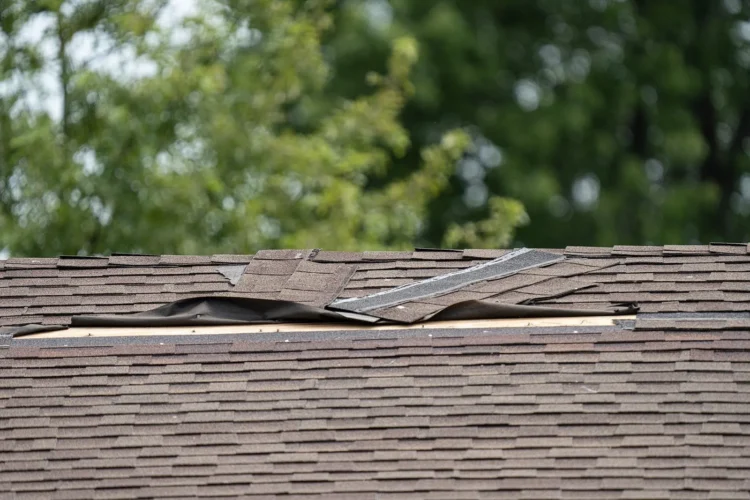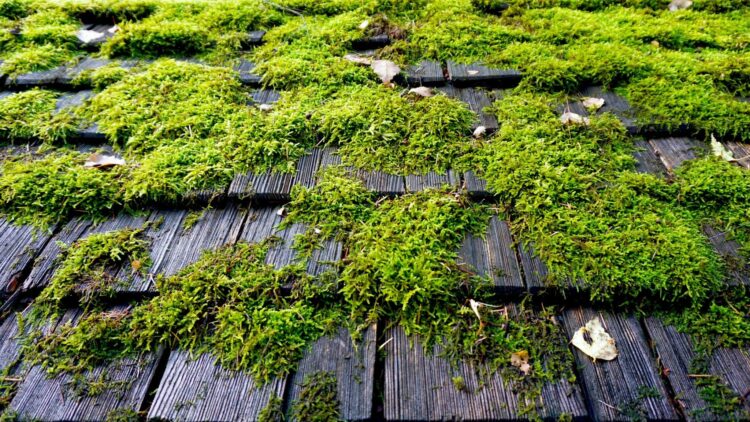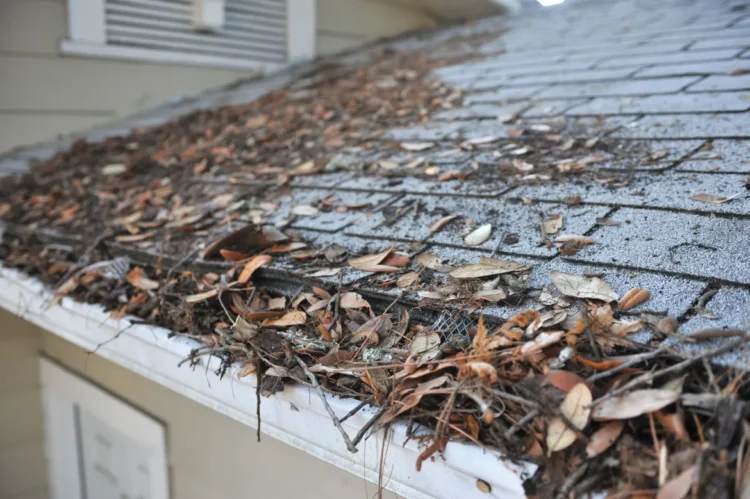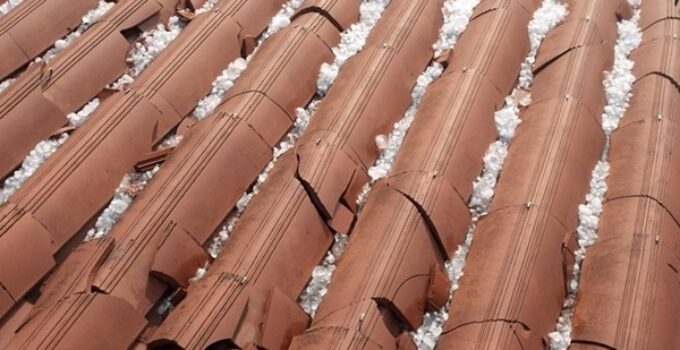When it comes to your home’s roof, it’s crucial to be aware of the signs that indicate a problem. In this article, we will explore the key indicators that suggest your roof may need attention, providing you with valuable insights on when you should start worrying.
Whether you’re a homeowner or a renter, understanding these warning signs will empower you to take the necessary steps to ensure the integrity and longevity of your roof. Are you looking for a reliable roofer in Atlanta?
Page Contents
Age of the Roof
One of the primary factors to consider when evaluating your roof’s condition is its age. Different roofing materials have varying lifespans, and most manufacturers provide an estimated lifespan for their products. As a general rule of thumb, asphalt shingle roofs typically last around 20 to 25 years, while metal roofs can last 40 to 70 years. Is your roof nearing its expected lifespan? It’s essential to be vigilant and proactive in monitoring its condition.
Missing, Damaged, or Curling Shingles

Source: krumwiederoofing.com
Shingles play a crucial role in protecting your roof from water infiltration. Inspect your roof regularly for any missing, damaged, or curling shingles. High winds, storms, and aging can cause shingles to become loose or completely dislodged. Additionally, shingles that are curling or buckling indicate deterioration, which can lead to leaks if left unaddressed. If you notice such issues, it’s advisable to contact a roofing professional to assess the damage and determine the necessary repairs or replacements.
Leaks and Water Damage
Water stains on your ceilings or walls are clear indications of a potential roof leak. Leaks can be caused by damaged or improperly installed flashing cracked shingles, or compromised roof valleys. It’s crucial to address leaks promptly to prevent further damage to your roof structure, insulation, and the interior of your home. If your ceiling and walls are water-stained, consult with a roofing specialist to identify the source of the leak and undertake the necessary repairs.
Sagging or Uneven Roof
This could indicate structural problems, which can occur due to excessive weight on the roof, damaged support beams, or improper installation. A sagging roof poses significant safety risks and should never be ignored. It’s crucial to consult a professional roofing contractor or a structural engineer to assess the extent of the damage and provide the appropriate solutions.
Granule Loss
Asphalt shingles are designed with protective granules that shield them from the sun’s ultraviolet (UV) rays. Over time, these granules can wear off due to weathering, age, or poor-quality shingles. If you find excessive granule loss in your gutters or downspouts, it could be a sign that your shingles are deteriorating and losing their protective capabilities. Granule loss weakens the shingles, making them more prone to damage and reducing their overall lifespan. We recommend you consult a roofing professional to evaluate the condition of your roof and recommend the necessary actions.
Mold or Moss Growth

Source: clawroofing.com
The presence of mold or moss on your roof can indicate underlying issues. Moss tends to thrive in damp environments, and its growth can retain moisture, leading to the deterioration of roofing materials. Mold growth can also occur in areas with high humidity or poor ventilation. Both moss and mold can compromise the integrity of your roof, so it’s crucial to address these issues promptly. Consult a roofing professional to assess the extent of the growth and recommend appropriate solutions. It may involve cleaning the roof, improving ventilation, or applying treatments to prevent further growth.
Excessive Energy Bills
If you notice a sudden increase in your energy bills, your roof’s insulation may have deteriorated. Poor insulation allows heat or cool air to escape, forcing your HVAC system to work harder to maintain a comfortable temperature. Damaged or deteriorating roof insulation, gaps in the roof, or insufficient ventilation can contribute to energy inefficiency. If you suspect that your roof is causing energy loss, consult with a roofing professional to evaluate your insulation and address any issues that may be affecting your home’s energy efficiency.
Visible Roof Debris
Inspect your roof regularly for the accumulation of debris, such as leaves, branches, or other foreign objects. Debris can create a variety of problems, including clogged gutters, water pooling, and damage to roofing materials. Remove excessive debris on your roof to prevent potential damage. Consider hiring a professional to clean your roof and gutters, ensuring that they are free from debris and allowing proper water drainage.

Source: affluentexteriors.com
Increased Noise
If you find that your roof has become noticeably noisier during rainfall or windy conditions, it could indicate underlying issues. Loose or damaged shingles, insufficient insulation, or problems with the roof structure can result in increased noise levels. Pay attention to any unusual sounds coming from your roof and have it inspected by a professional. They can identify the source of the noise and determine if repairs or improvements are necessary.
Being proactive and attentive to the condition of your roof is crucial for maintaining your home’s integrity. Regular inspections, prompt repairs, and professional maintenance can help extend the lifespan of your roof and protect your home from damage. If you have any concerns or doubts about your roof’s condition, it’s always advisable to consult with a qualified roofing professional who can provide expert advice and guidance.





